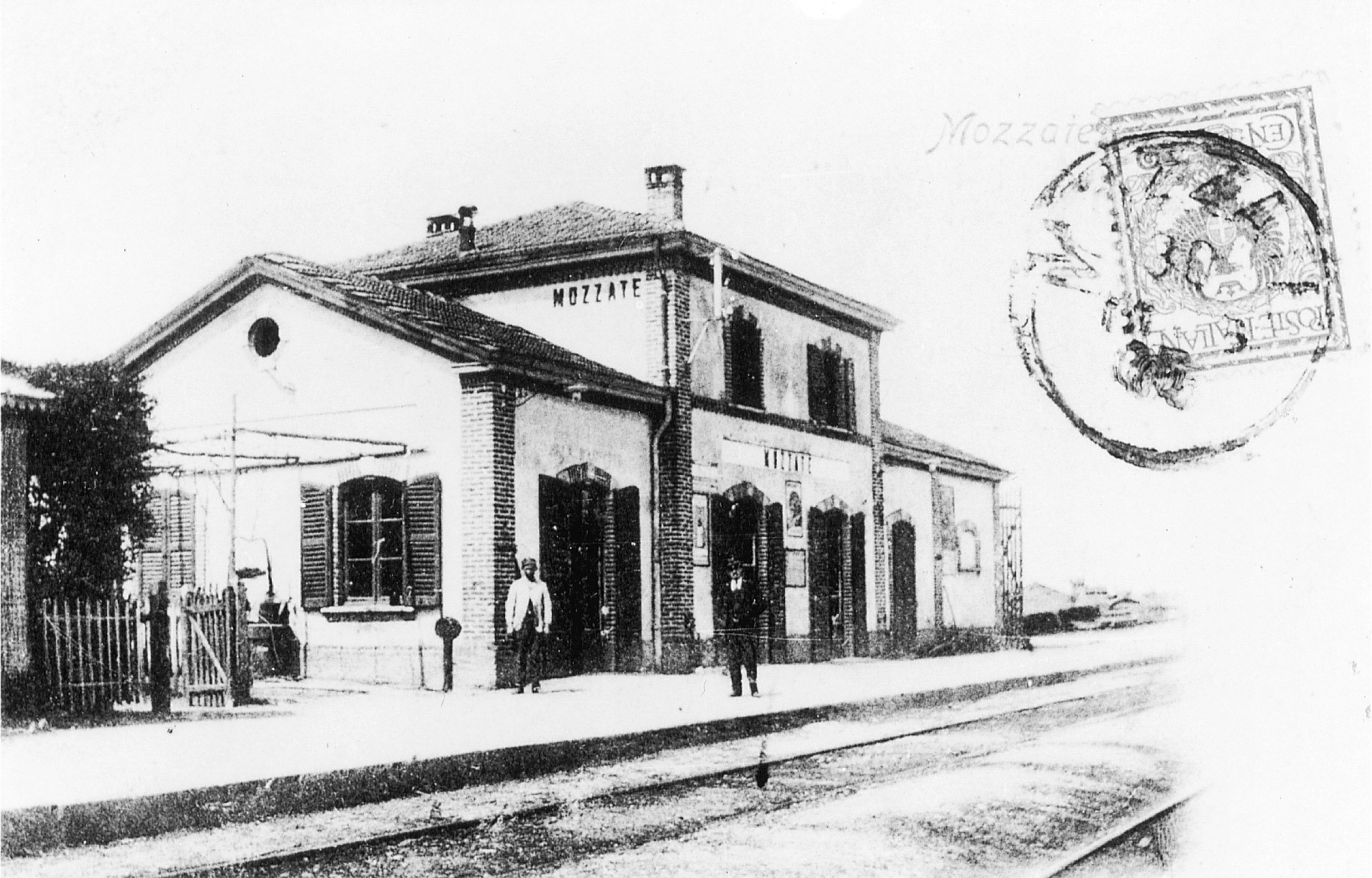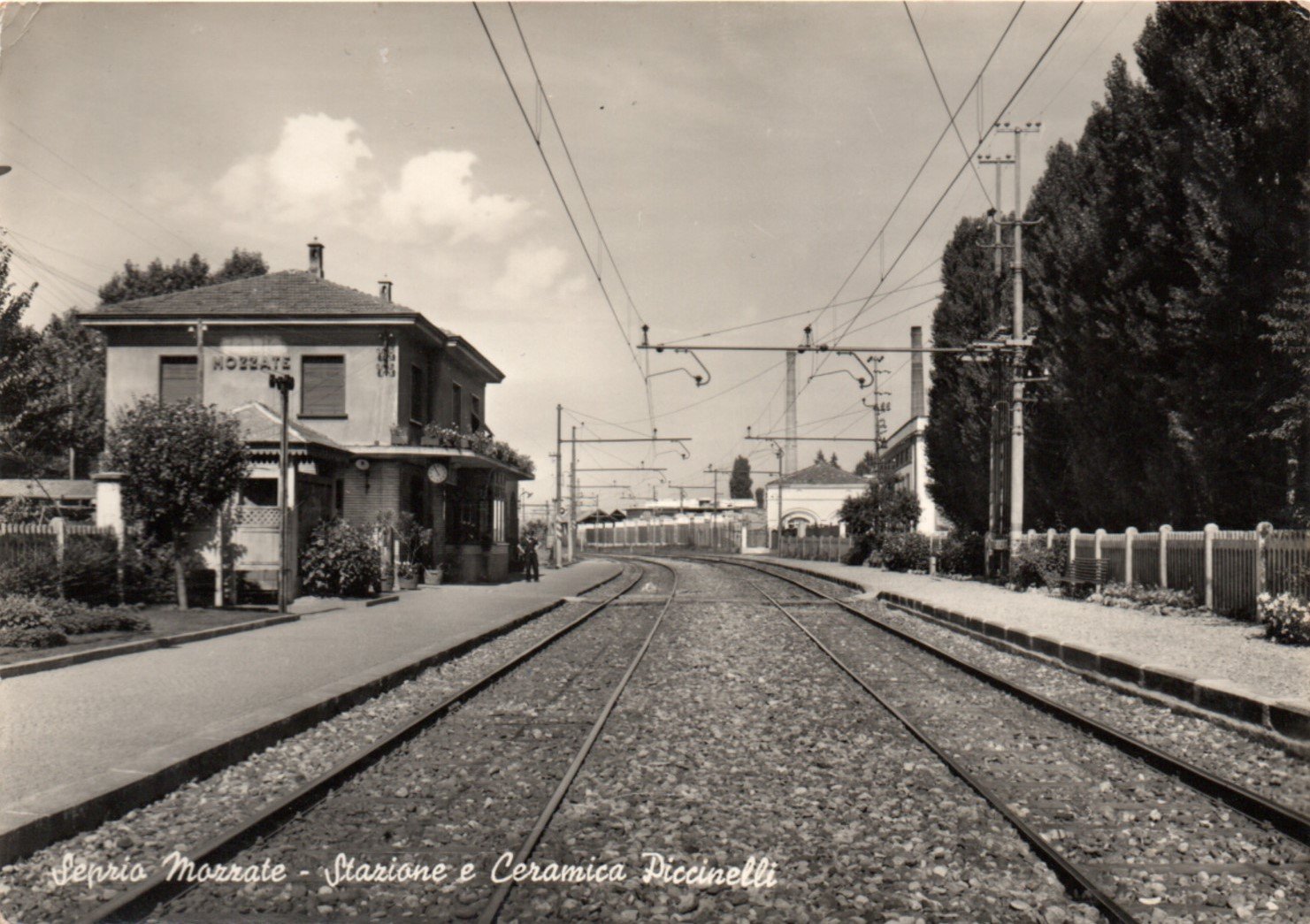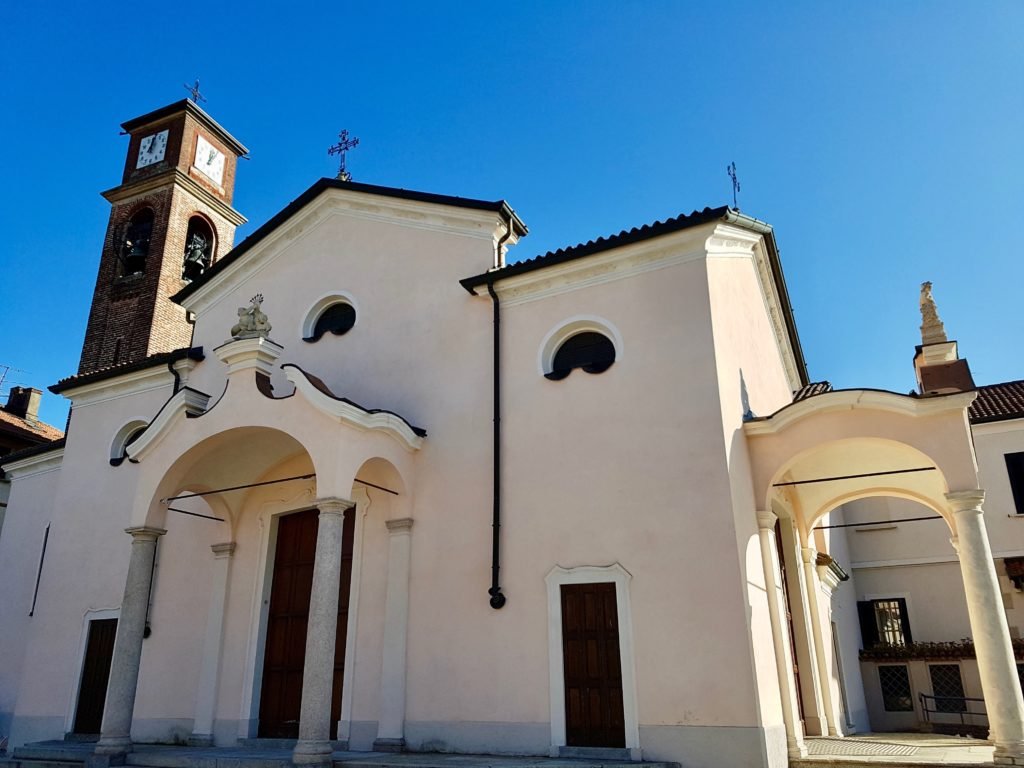Mozzate


The municipal area to the south-west (towards the Olona plateau) and to the north (at the first moraines) was once covered with woods and pine forests. The surviving woodland area to the north of Mozzate is now protected by the Parco Regionale della Pineta di Appiano Gentile e Tradate. The Monte Rosa mountain chain can be seen to the north, and Como and the Como pre-alp chain to the east.
In 1928, Mozzate was incorporated with the town of Seprio, but returned to independence in 1953: this union was also broadly inspired by a similar one that took place in 1809. Between 1910 and 1934, the station was also the southern terminus of the Como-Appiano Gentile-Mozzate tramway.
Gallery

The station as it was following renovation after the Second World War. Note the name of “Seprio Mozzate” 
The station on a postcard from the mid-1950s. The side of passenger building clearly shows where the word “Seprio” has been removed 
Parish church of San Martino (1 km from the station): this sanctuary is dedicated to Our Lady of Sorrows; it was once dedicated to the Nativity of Mary. It dates back to the early 14th century, and its works of art include a painting depicting the martyrdom of Saint Alexander, who is the patron saint of the entire Mozzate area. This valuable work is attributed to the school of Gaudenzio Ferrari.